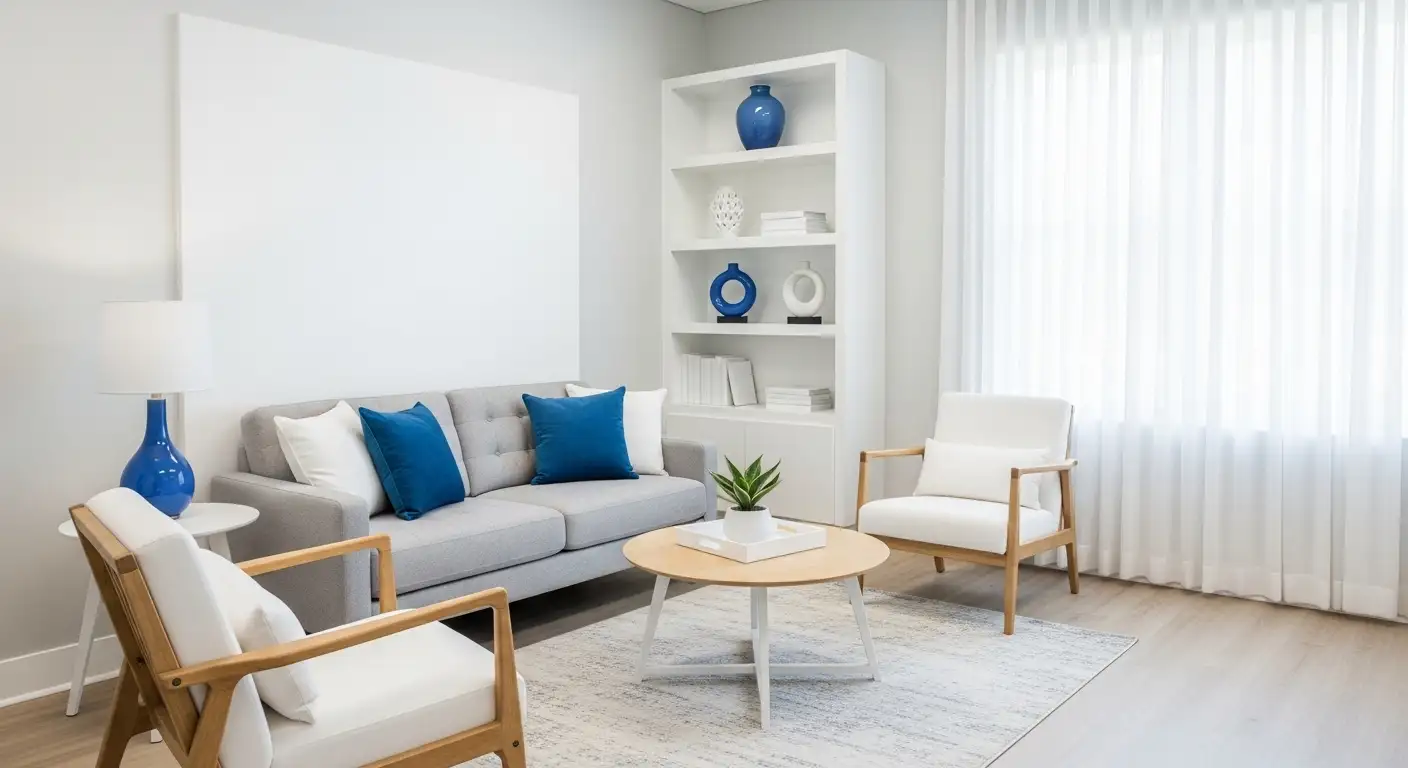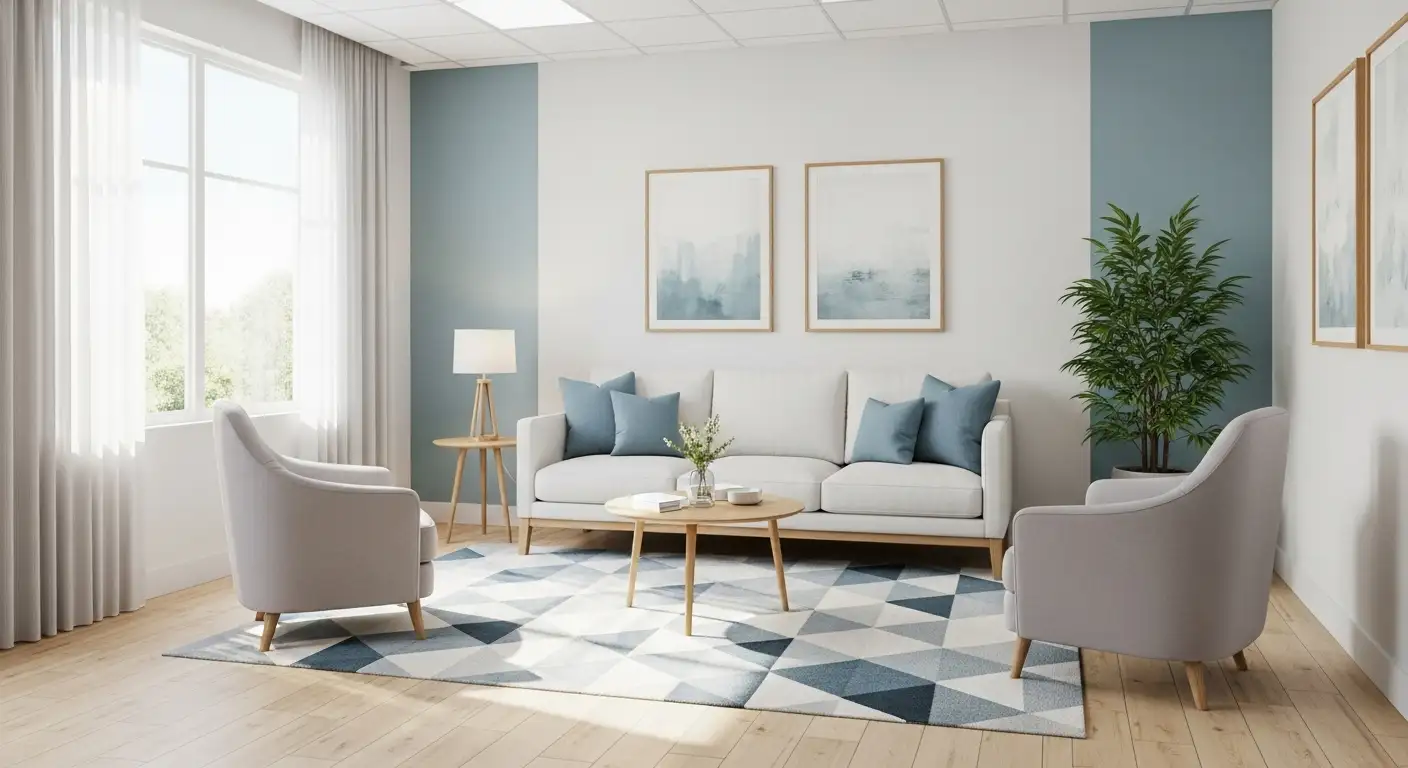How to Create a Calm Corner for Children with Autism
Designing Supportive Spaces: Crafting Calming Corners for Children on the Autism Spectrum
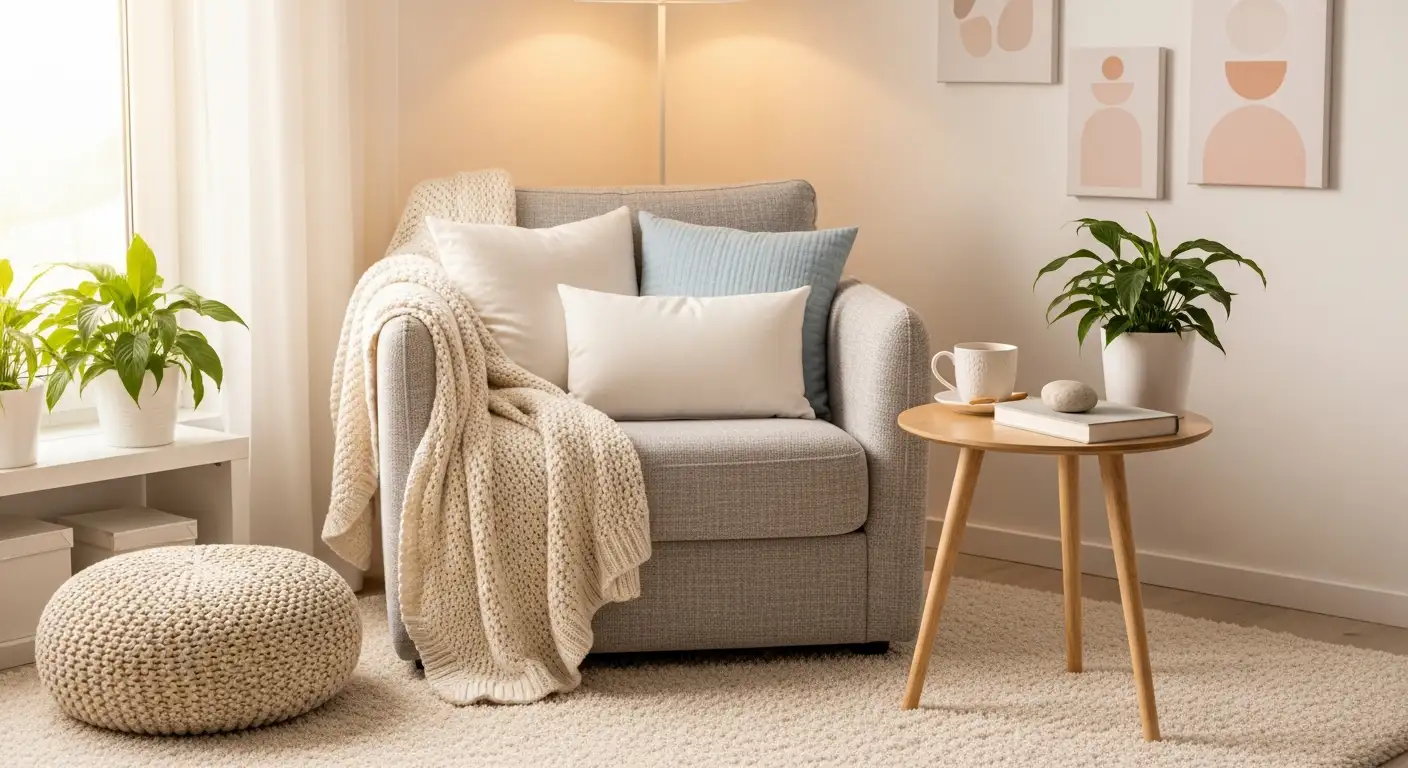
Creating a Safe Haven for Emotional Regulation
Children with autism often face challenges processing sensory input and navigating social-emotional cues, making self-regulation crucial for their well-being. A calming corner — a dedicated space within the home — offers these children an area to retreat, reorganize their feelings, and regain calm. This article explores how to create and optimize such a space, incorporating insights from behavioral therapies and sensory needs to best support children on the autism spectrum.
Understanding the Purpose of a Calming Corner

What is a calming corner?
A calming corner is a special, designated space within the home created to help children manage their emotions. It provides a quiet area where a child can self-regulate, calm down, and reorganize their feelings when they feel upset or overwhelmed. This space is usually large enough for one child and is set apart from busy or noisy parts of the home to minimize distractions.
Why is a calming corner important?
The calming corner supports children’s emotional well-being by giving them a safe place to take a break and regain control over their feelings. By having access to comforting items like soft rugs, bean bags, or tactile toys, children are encouraged to soothe themselves independently. Visual aids like timers and sensory menus also help children understand how long they should stay in the space and guide them toward calming activities.
How does it help children with autism?
For children with autism, who often navigate sensory sensitivities and difficulty interpreting social cues, self-regulation is especially important. The calming corner offers a structured, predictable environment where these children can manage sensory overload and emotional distress. Activities such as using fidget toys, sensory bins, or emotion cards assist in understanding feelings and improving focus. Teaching children to recognize their body's signals for needing a break fosters independence and supports their overall social-emotional growth.
Key Elements to Include in a Calming Corner
What Essential Items Should Be Included in a Calming Corner?
A calming corner should be thoughtfully stocked with items that promote a child's comfort and ability to self-regulate. Soft surfaces such as bean bag chairs or rugs provide a cozy spot for a child to sit or lie down. Sensory items play a vital role; tactile toys, plushies, fidget tools, and stuffed animals offer soothing textures for tactile input. Additionally, headphones can help reduce auditory distractions, and visual menus showcasing sensory activities guide children in choosing calming options that suit their needs.
How Do Privacy and Personal Boundaries Enhance Calming?
Creating a personal space that feels private and separated from the more hectic parts of the home helps children focus on calming down without external interruptions. The calming corner should be large enough for one child, providing a physical boundary that respects their need for solitude and safety. This sense of privacy supports concentration on self-regulation efforts and helps children feel secure while managing their emotions.
Why Are Visual Aids Like Timers and Menus Important?
Visual aids assist children in understanding and managing their time in the calming corner. Timers visibly indicate when a break will end, helping children anticipate transitions and reducing anxiety. Visual menus present sensory activity options clearly, empowering children to make choices independently and boosting their confidence. These tools foster autonomy and clarity, vital for children learning to recognize and respond to their own sensory and emotional needs.
Creating the Right Physical Space

How big should the calming corner be?
The calming corner should be large enough to comfortably fit one child. This size consideration ensures the child can move freely and use calming tools without feeling cramped.
Where should the calming corner be located?
It is important to position the calming corner away from busy or noisy areas of the home. A quieter location helps reduce sensory overload, allowing the child to focus on self-regulation.
Why establish privacy and reduce distractions?
Creating a personal space with clear privacy boundaries helps children feel secure and better concentrate on calming activities. Minimizing distractions supports their ability to self-calm and reorganize emotionally when overwhelmed.
Setting up a calming corner thoughtfully by considering size, location, and privacy enhances its effectiveness as a space dedicated solely to calming and self-regulation.
Incorporating Movement to Aid Regulation
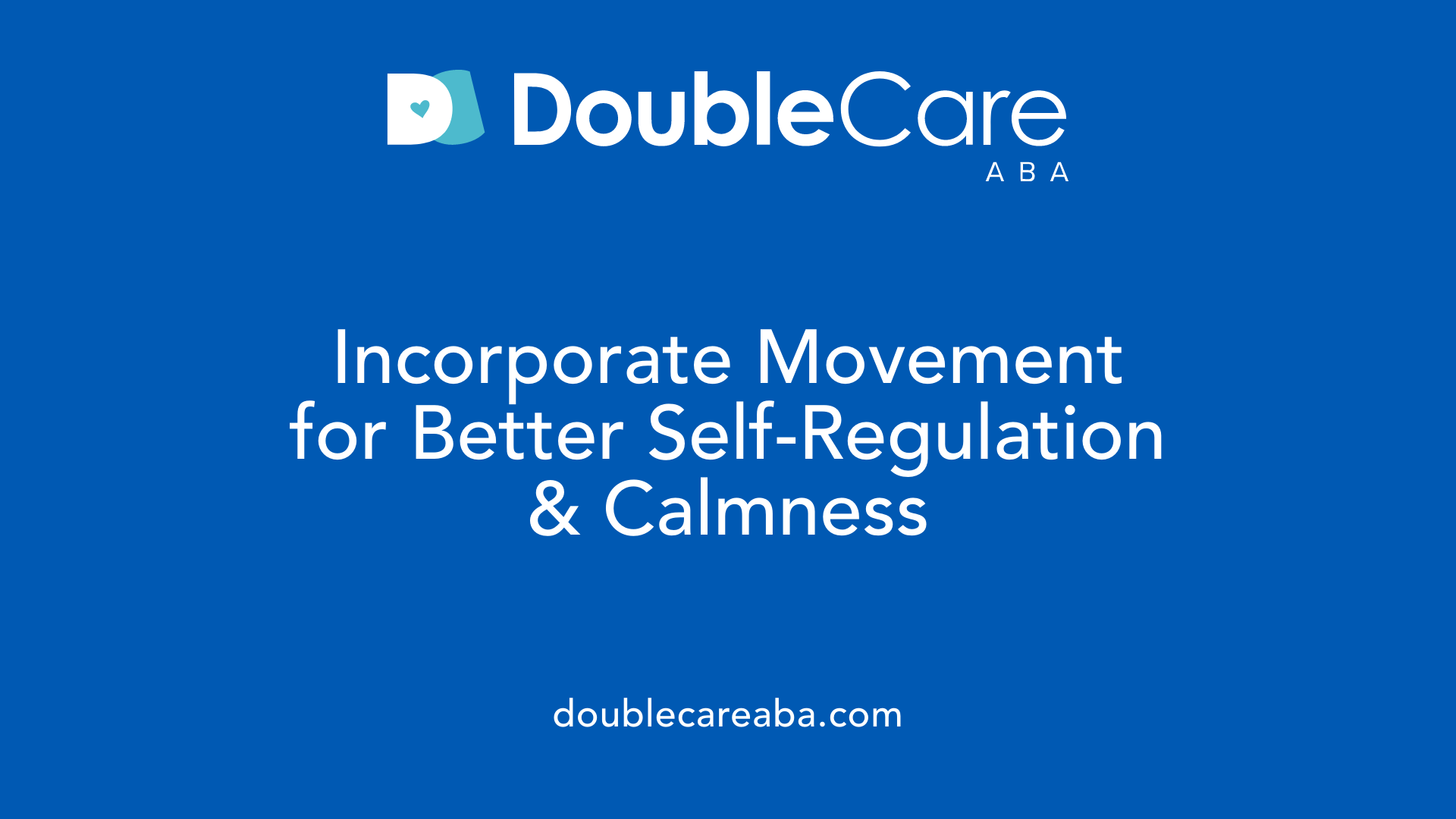
How Does Movement Help With Self-Regulation?
Movement can have a powerful calming effect on children, especially those who benefit from sensory input. Activities that provide vestibular (balance-related) and proprioceptive (body-position related) input help stimulate the central nervous system in ways that support emotional regulation and focus.
What Are Examples of Movement Activities Suitable for a Calming Corner?
Calming corners can include various movement options tailored to the child's preferences and needs. Effective choices might include:
- Swinging gently on a small indoor swing
- Bouncing lightly on a mini-trampoline
- Engaging in yoga poses aimed at relaxation
- Dancing freely to soothing music
Each of these activities targets senses involved in balance and body awareness, promoting a sense of calm.
How Can Caregivers Find the Right Movement Activity?
Not all movement activities have the same effect on every child. Some may find bouncing alerting rather than calming, while others feel soothed by gentle swinging. It is important for caregivers to observe and experiment through trial and error to identify which movements help the individual child self-regulate most effectively. Over time, this personalized approach can improve the child's ability to calm down independently in their designated space.
Using Visual Supports to Enhance Understanding

Visual Timers for Break Duration
Visual timers are important tools placed in calming corners to help children understand the length of their break from stimulation. By providing a clear, visual countdown, timers give children a sense of control and predictability. This reduces anxiety and helps them prepare to rejoin their daily activities once the timer ends.
Visual Menus for Sensory Activities
Visual menus list sensory activities available within the calming corner, such as tactile toys, plushies, or fidget tools. These menus support children in choosing activities independently, empowering them to meet their sensory needs effectively. This approach also reduces frustration by providing clear options presented in an easy-to-understand format.
Supporting Independence Through Visual Cues
Children are taught to recognize their own body cues indicating when they need a break using visual aids. These cues encourage self-awareness and nurture independence in self-regulation over time. Visual supports act as reminders and guidance that foster autonomy, helping children build emotional and sensory management skills without constant adult prompting.
Together, these visual supports create a predictable and approachable environment within the calming corner. They guide children toward successful self-calming strategies, making the space both supportive and empowering.
Teaching Children to Recognize Their Own Cues
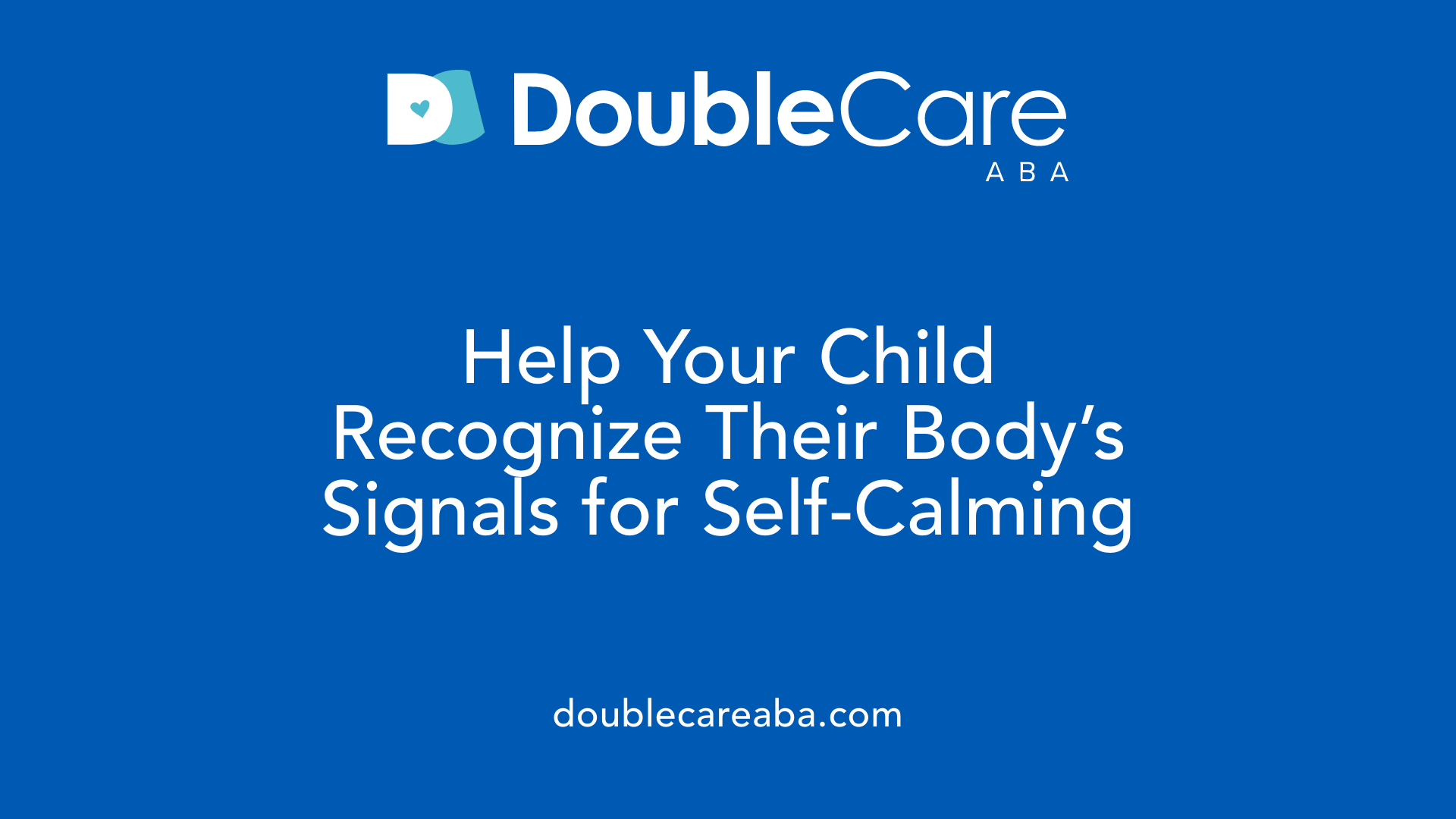
Why is body awareness important for children?
Body awareness helps children identify the physical signs that signal rising emotions or stress. By tuning into sensations like increased heart rate, tense muscles, or restlessness, children become more conscious of their emotional state. This foundational skill is crucial for managing feelings before they escalate.
How can caregivers help children recognize when a break is needed?
Caregivers can support children by teaching them to notice specific body cues that indicate the need for a calming moment. For example, a child might learn to recognize butterflies in the stomach or feeling overwhelmed by noise as signs to take a break. Using visual aids, like emotion cards or visual timers, can help children connect physical sensations with the action of stepping away to a calming corner.
How does fostering these skills aid in self-regulation?
Encouraging children to respond to their own cues promotes independence in managing emotions. As children practice recognizing their signals and seeking calm spaces, they develop stronger self-regulation skills. Over time, this ability reduces behavioral challenges and improves focus, emotional control, and overall well-being.
Avoiding Misuse: The Calming Corner Is Not a Punishment
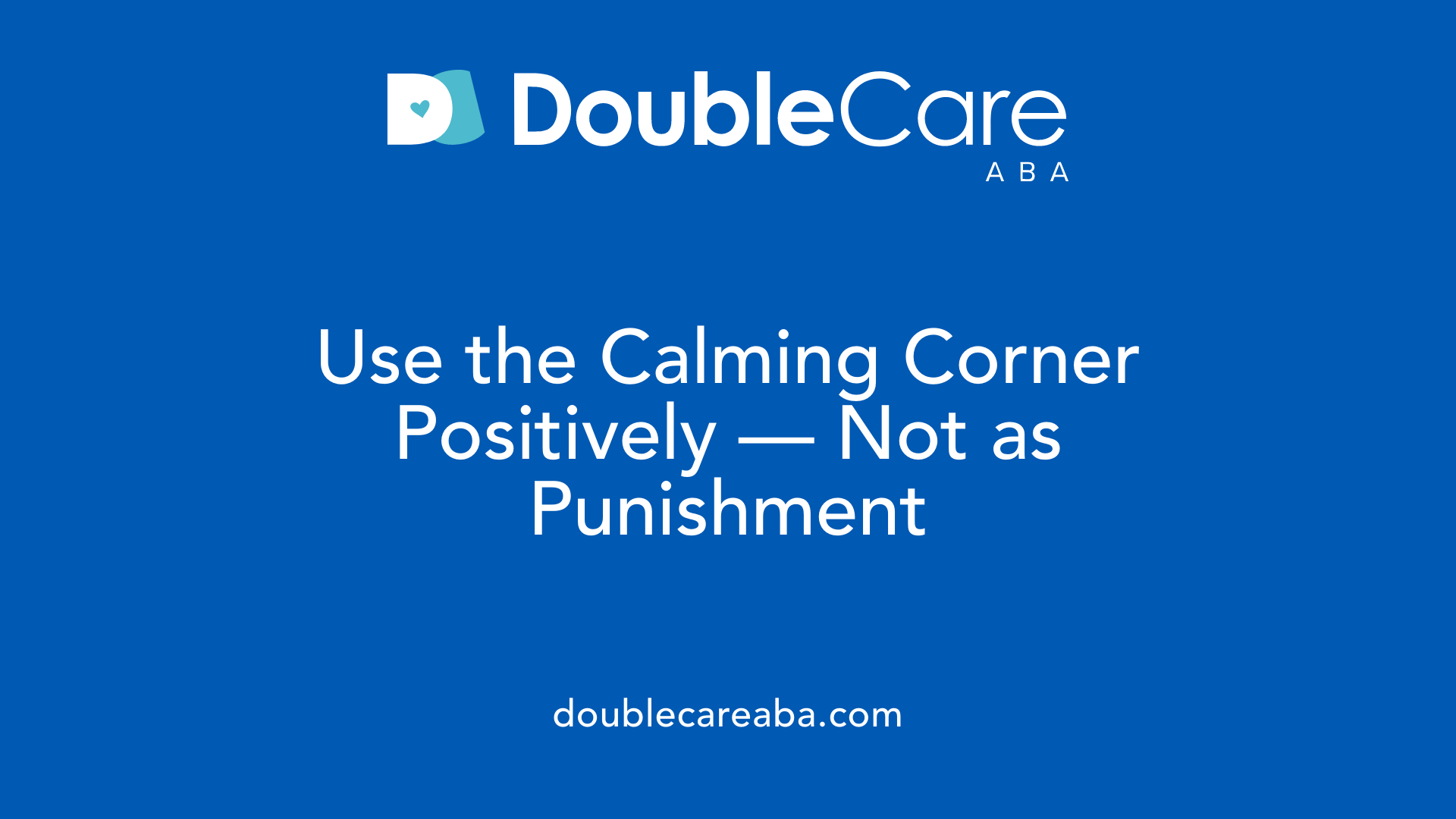
Appropriate Use as a Self-Regulation Tool
A calming corner is designed to be a supportive space where children can retreat to manage their emotions and sensory overload independently. It should never be used as a form of punishment or isolation. Instead, it serves as a safe zone to help children calm down and reorganize their feelings in a nurturing environment.
Importance of Positive Associations
It's essential that children develop positive connections with the calming corner. If associated with punishment, the space may lose its effectiveness, leading to increased anxiety or resistance. Creating a welcoming atmosphere with comforting items, such as plush toys, tactile fidgets, and calming visuals, encourages children to voluntarily use the space when needed.
Recommended Time Limits
Generally, spending around five minutes in the calming corner helps children regain their calm without feeling isolated. However, this duration can be adjusted based on individual needs and responses. Using visual timers can help children understand when their break is over, promoting a sense of security and structure during their self-regulation process.
The Role of ABA Therapy in Supporting Emotional Regulation

What is Applied Behavior Analysis (ABA) therapy?
Applied Behavior Analysis (ABA) therapy is a scientifically grounded approach aimed at helping individuals, especially children with autism, develop essential social, communication, and learning skills. It involves analyzing behavior by examining antecedents, behaviors, and consequences (often called ABCs) to effectively influence and change behaviors. Professionally guided by Board Certified Behavior Analysts (BCBAs), ABA uses techniques such as positive reinforcement to encourage helpful behaviors while reducing challenging ones. It is a tailored therapy that can be delivered across different environments, including home and school.
How does ABA therapy benefit individuals with autism?
ABA therapy allows children with autism to acquire new skills and reduce unwanted behaviors through personalized, evidence-based strategies. These techniques assist with communication, social interaction, emotional regulation, and daily living skills, fostering greater independence and improving quality of life. Early, intensive ABA intervention has demonstrated significant improvements in language acquisition, adaptive behavior, and socialization. The therapy's focus on data collection and continuous assessment helps ensure interventions remain effective and appropriate for each child’s evolving needs.
What are the key principles underlying ABA therapy?
ABA therapy is founded on understanding the reasons behind behaviors—such as escaping a situation, seeking attention, or sensory stimulation—and uses this insight to inform treatment plans. Positive reinforcement is central, encouraging desired behavior through rewards and supports like shaping and prompting. ABA emphasizes thorough data-driven evaluation to track progress and adapt interventions, guided by principles including effectiveness, generality, and ethical standards. These ensure that interventions are reliable, replicable, and ethically sound while being implementable across various settings to promote meaningful improvements in behavior and self-regulation.
Who Provides ABA Therapy and Supports the Calming Corner Strategy?

Who typically provides ABA therapy?
ABA therapy typically involves a collaborative team of trained professionals dedicated to supporting children’s development and self-regulation.
Types of professionals involved
The team often includes:
- Board Certified Behavior Analysts (BCBAs): These are highly trained clinicians who design and supervise individualized treatment plans. They have advanced degrees and certification to ensure adherence to professional standards.
- Board Certified Assistant Behavior Analysts (BCaBAs): They assist BCBAs in developing and monitoring behavior plans and may supervise intervention delivery.
- Registered Behavior Technicians (RBTs): These technicians work directly with the child, implementing ABA strategies under the supervision of BCBAs or BCaBAs.
Roles of BCBAs, BCaBAs, and RBTs
BCBAs hold overall clinical responsibility, analyzing data and making adjustments to treatment. BCaBAs support this process and sometimes supervise RBTs. RBTs engage with children through hands-on therapies, including supporting strategies like calming corners, helping children learn self-regulation techniques in the moment.
Collaboration with other therapists
To fully support children, ABA teams often collaborate with other specialists, including speech therapists, occupational therapists, and physical therapists. This multidisciplinary approach ensures comprehensive care, addressing social communication, sensory sensitivities, and motor skills alongside behavior therapy.
Together, this team approach enhances a child’s ability to manage emotions and sensory input, making strategies like the calming corner more effective in fostering independence and emotional regulation.
Incorporating Sensory and Calming Activities in the Corner

Use of Fidgets, Tactile Objects, and Plushies
Including sensory items such as fidget toys, tactile objects, and plushies in the calming corner can greatly assist children, particularly those with autism, in managing sensory overload. These items provide tactile stimulation that can help divert the child's attention and soothe their nerves, offering a comforting and tangible way to self-regulate.
Coloring, Calm-Down Cards, and Mindfulness
Calming activities like coloring, using calm-down cards, and practicing mindfulness exercises encourage children to focus inward and manage their emotions. These tools foster emotional regulation by promoting relaxation and helping children identify and express their feelings in a safe and structured manner.
Sensory Bins and Slime for Focus and Overload Management
Sensory bins filled with varied textures and materials, along with slime experiments, offer hands-on, exploratory experiences that engage multiple senses. These activities help children improve their focus and provide a controlled way to experience sensory input, which can alleviate feelings of overwhelm and aid in attention regulation.
Integrating these diverse sensory and calming activities into the corner creates a versatile space tailored to the unique needs of neurodivergent children, helping them find balance and comfort amidst sensory challenges.
Supporting Social-Emotional Skills Within the Calming Corner

How Can Emotion Cards Help Children Recognize and Understand Their Feelings?
Emotion cards serve as valuable tools within the calming corner, helping children to identify and label their emotions. By visually representing different feelings, these cards make it easier for children, especially those with autism who may struggle with interpreting social cues, to understand what they are experiencing. This awareness is essential for developing social-emotional skills and supports self-regulation during challenging moments.
How Do Games Like the 'Name Game' Enhance Social Interaction?
Engaging children in interactive games such as the 'Name Game' promotes social communication and connection. This activity encourages sharing personal information and interests, which can break down barriers and foster a sense of community. Within the calming corner, such games provide a gentle, supportive way for children to practice social skills in a low-pressure environment.
Why Is Incorporating Personal Interests Important for Engagement?
Integrating each child's unique interests into calming corner activities boosts motivation and participation. Personalized content resonates better with children, helping them feel seen and understood. For example, using topics or themes related to their favorite hobbies or characters when designing activities can make the calming corner not only a place for emotional regulation but also a space that celebrates their individuality.
Fostering Independence Through Thoughtful Environmental Design
Creating a calming corner tailored to the sensory and emotional needs of children with autism can significantly aid in their self-regulation and emotional well-being. By thoughtfully incorporating movement, sensory tools, visual supports, and ABA principles, caregivers create a therapeutic environment that fosters independence and resilience. Collaboration with trained professionals ensures these spaces support broader therapy goals, helping children gain skills to navigate daily challenges with greater confidence and calm. Ultimately, calm corners stand as vital safe havens, empowering children to understand themselves and manage their emotions in nurturing and effective ways.
References
- How to Create a Calming Corner at Home
- 24 Classroom Activities for Kids with Autism
- Applied Behavior Analysis (ABA)
- The Top 10 Reasons Children With Autism Deserve ABA
- Applied Behavior Analysis (ABA)
- 6 Benefits of ABA Therapy for Children with Autism
- Who Works at an ABA Therapy Center?
- Applied Behavior Analysis (ABA): Basics for Parents and ...
- Understanding Your Child's ABA Therapy Providers
- Behind the Scenes: Vital Role of an ABA Therapy Specialist








